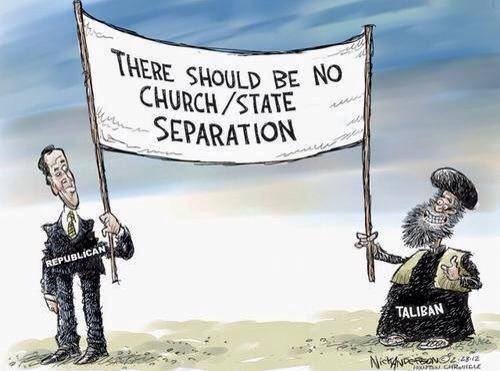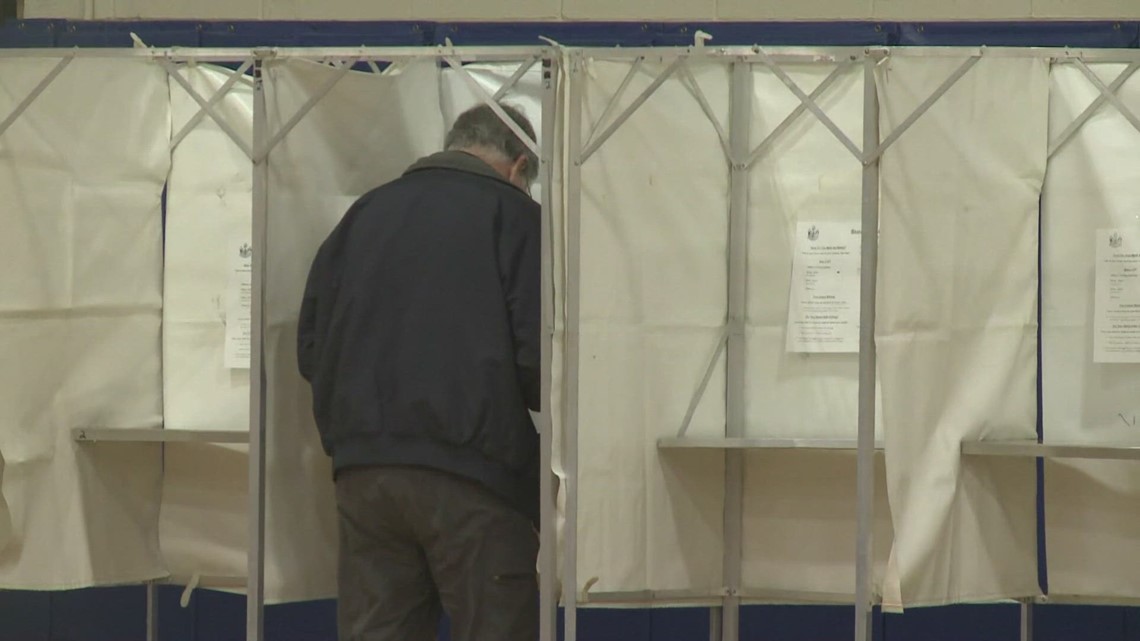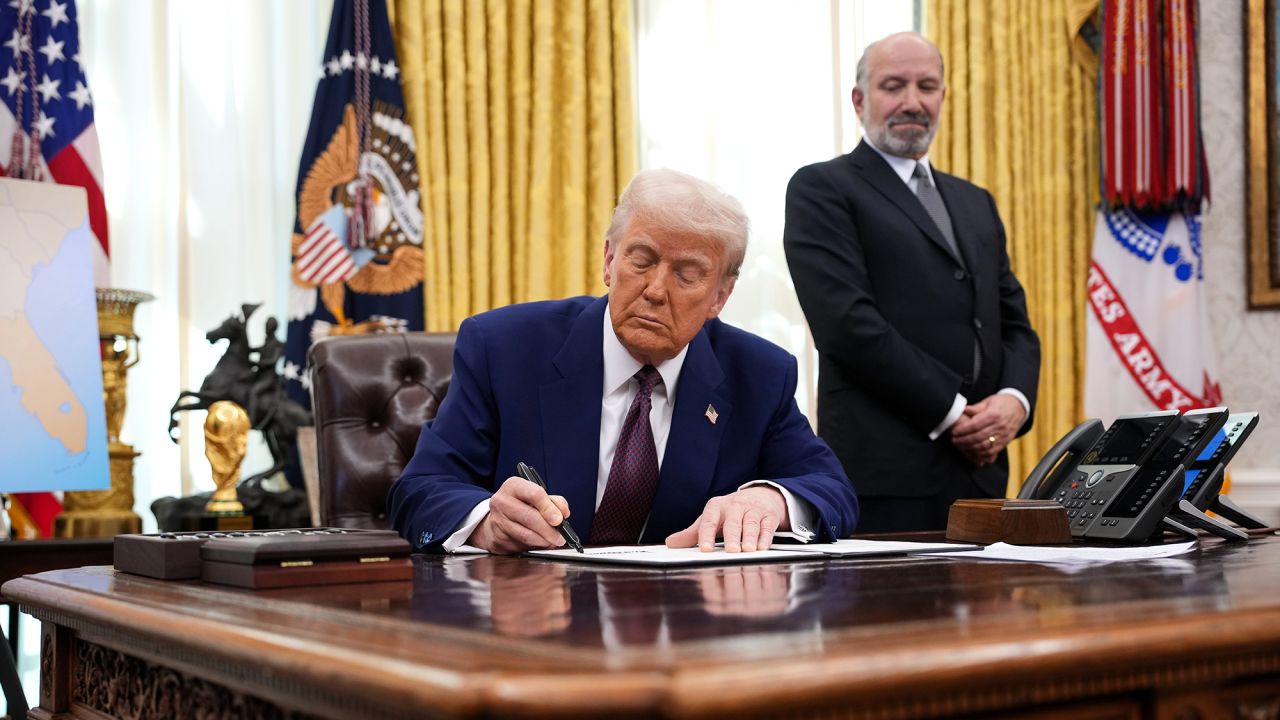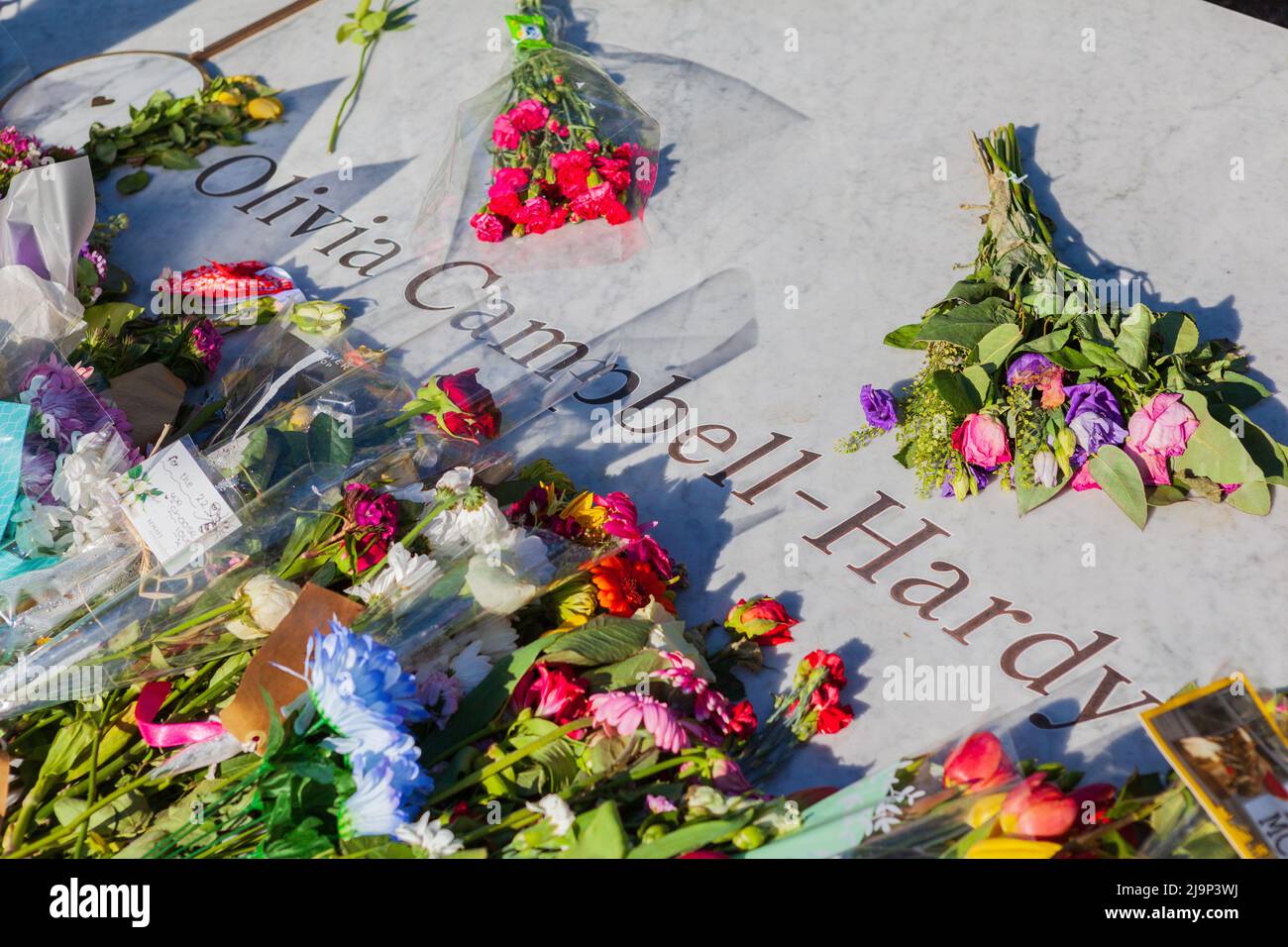John Roberts And The Erosion Of Church-State Separation: Will He Go Further?

Table of Contents
Roberts's Key Decisions Affecting Church-State Separation
Chief Justice Roberts's tenure has seen several landmark Supreme Court cases that have profoundly impacted the relationship between church and state. His votes and opinions in these cases reveal a complex and often evolving approach to interpreting the First Amendment's guarantees of religious freedom and the prohibition against government establishment of religion. Analyzing these decisions is crucial to understanding his potential future influence.
-
Case Name: Burwell v. Hobby Lobby Stores, Inc. (2014): This case involved the Affordable Care Act's contraception mandate. Roberts sided with the majority, holding that closely held for-profit corporations could be exempt from the mandate based on religious objections. This decision expanded religious exemptions, potentially blurring the lines of church-state separation for some. Impact on Church-State Separation: Increased the scope of religious exemptions for businesses, raising concerns about potential discrimination and government entanglement with religion.
-
Case Name: Masterpiece Cakeshop, Ltd. v. Colorado Civil Rights Commission (2018): This case centered on a baker who refused to create a cake for a same-sex couple's wedding, citing religious objections. The Court ruled narrowly in favor of the baker, avoiding a broad ruling on the conflict between religious freedom and anti-discrimination laws. Roberts concurred in the judgment, suggesting a potential path for future cases involving similar conflicts. Impact on Church-State Separation: Highlighted the complexities of balancing religious freedom claims with anti-discrimination laws, leaving room for future litigation.
-
Case Name: Carson v. Makin (2022): This case involved Maine's tuition assistance program, which allowed parents to use public funds to send their children to private schools, but excluded religious schools. The Supreme Court ruled that this exclusion violated the Free Exercise Clause of the First Amendment. Roberts joined the majority opinion, arguing that excluding religious schools from public funding programs violated the principle of religious neutrality. Impact on Church-State Separation: Significantly expanded the scope of religious exemptions in public funding, potentially leading to greater entanglement between church and state.
The Conservative Shift on the Supreme Court and its Implications
The appointment of several conservative justices has solidified a conservative majority on the Supreme Court, creating a landscape where challenges to the establishment clause are more likely to succeed. Chief Justice Roberts's role within this conservative bloc is crucial. His influence could either temper the court's more aggressive approach or propel it further in a direction that diminishes church-state separation.
-
The appointment of Justices like Neil Gorsuch, Brett Kavanaugh, and Amy Coney Barrett has shifted the court's ideological balance significantly, leading to a more conservative interpretation of constitutional law, including the First Amendment.
-
Future cases involving school prayer, government funding of religious institutions, and public displays of religious symbols could further test the boundaries of church-state separation.
-
The current legal landscape suggests an increasing willingness to accommodate religious claims, potentially at the expense of a strict interpretation of the establishment clause. This poses significant challenges for maintaining a clear separation between church and state in public life.
The Role of Judicial Philosophy in Roberts's Decisions
Chief Justice Roberts's judicial philosophy, often described as a blend of textualism and originalism, significantly shapes his interpretation of the First Amendment. However, there's a noticeable tension between his professed commitment to judicial restraint and his decisions in cases involving church-state separation.
-
Roberts's textualism leads him to focus on the precise wording of the Constitution, while his originalism emphasizes understanding the text in its historical context. However, the application of these principles to complex modern issues concerning religious freedom and the establishment clause is not always straightforward.
-
Critics argue that some of Roberts's rulings have exceeded the bounds of judicial restraint, effectively legislating from the bench rather than simply interpreting the law. These critics point to cases where his interpretations have significantly altered the balance between church and state.
-
Conversely, defenders argue that Roberts's decisions are a necessary response to evolving societal needs and interpretations of the Constitution, and that his approach accurately reflects the intent of the Founding Fathers.
The Future of Church-State Separation Under Roberts's Leadership
Predicting the future direction of church-state jurisprudence under Chief Justice Roberts is challenging, but based on his past decisions and the current court composition, a continued erosion of the strict separation of church and state is a strong possibility.
-
Future legal challenges will likely focus on the scope of religious exemptions, the role of religion in public schools, and the permissible extent of government entanglement with religious institutions.
-
The implications of a weakened separation of church and state are far-reaching, potentially impacting everything from public education and funding to the expression of religious beliefs in the public square. This could have profound social and political consequences.
Conclusion: John Roberts and the Uncertain Future of Church-State Separation
Chief Justice John Roberts's influence on the interpretation of church-state separation has been substantial and, at times, unpredictable. His decisions reveal a complex interplay between judicial philosophy, the evolving composition of the Supreme Court, and the ever-present tension between religious freedom and the establishment clause. The potential for further erosion of the separation of church and state under his leadership remains a significant concern. Stay informed about Supreme Court decisions affecting church-state relations, engaging in thoughtful discussions about the implications of these rulings for First Amendment rights, religious freedom, and the very fabric of American society. Understanding John Roberts's impact on church-state separation is paramount to protecting this fundamental constitutional principle.

Featured Posts
-
 Charity Swim Graeme Souness Takes On Double Channel Challenge For Isla
May 02, 2025
Charity Swim Graeme Souness Takes On Double Channel Challenge For Isla
May 02, 2025 -
 Maines Novel Approach To Post Election Audits
May 02, 2025
Maines Novel Approach To Post Election Audits
May 02, 2025 -
 Legal Battle Over Trumps Tariffs Heats Up
May 02, 2025
Legal Battle Over Trumps Tariffs Heats Up
May 02, 2025 -
 Your Guide To Newsround On Bbc Two Hd Air Times And More
May 02, 2025
Your Guide To Newsround On Bbc Two Hd Air Times And More
May 02, 2025 -
 Heartbroken Family Pays Tribute To Tragically Lost Manchester United Supporter Poppy
May 02, 2025
Heartbroken Family Pays Tribute To Tragically Lost Manchester United Supporter Poppy
May 02, 2025
